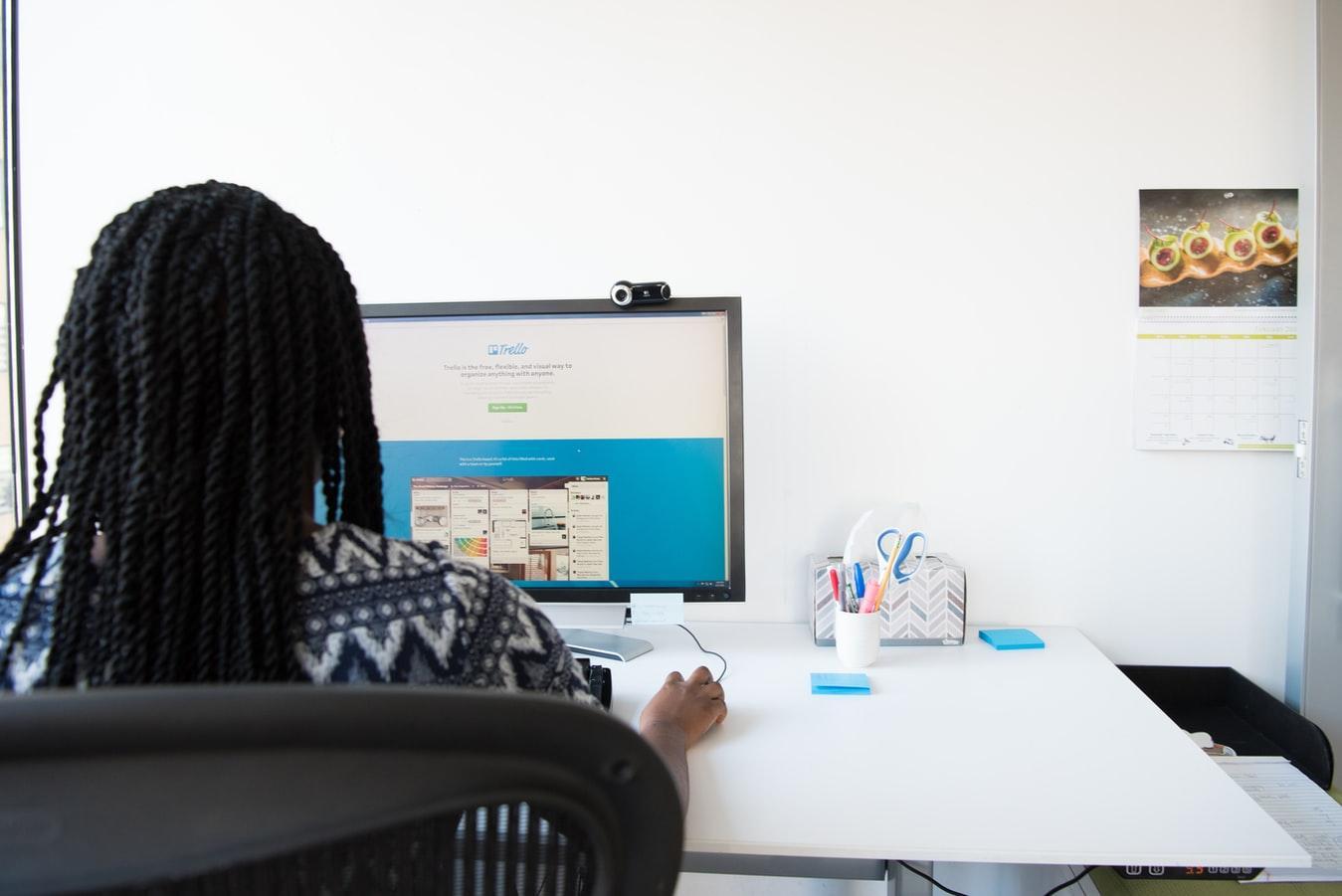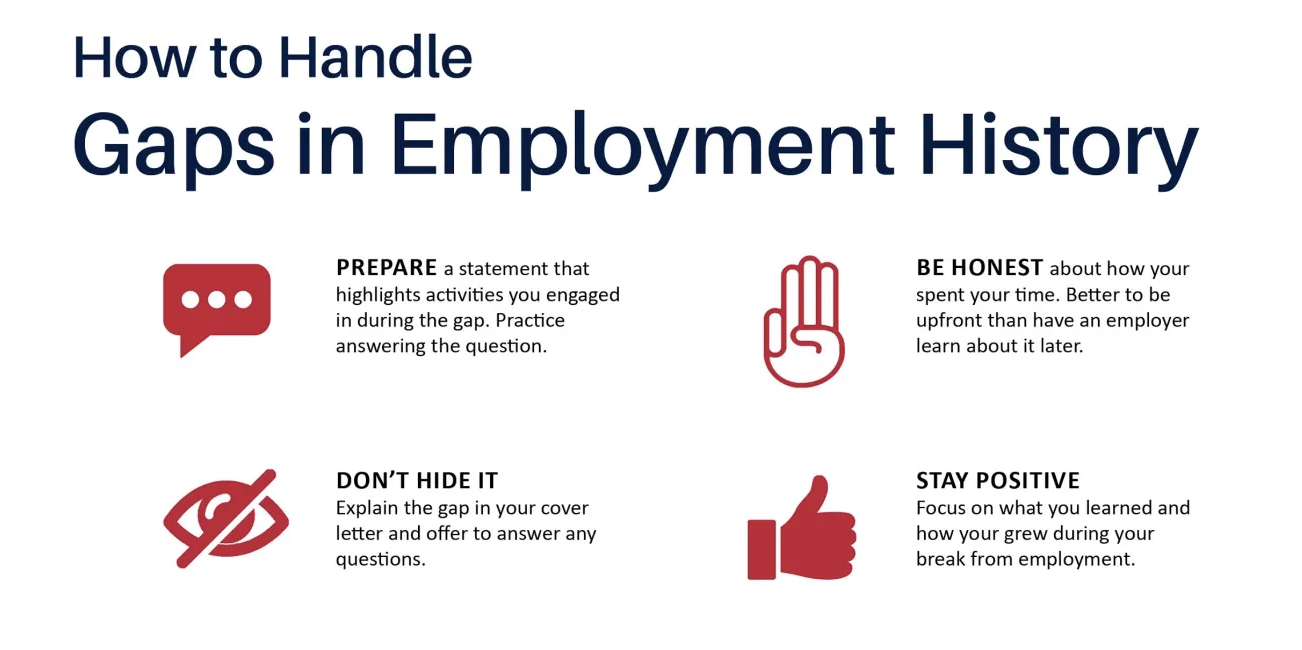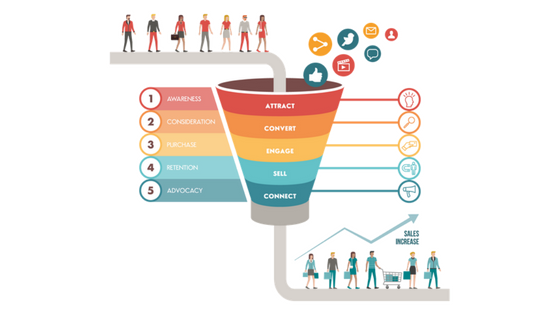
The complete guide to hiring and managing remote workers
Pre-pandemic, our consultants had for some time been experiencing pressure from candidates for an element of home working in their next job, and many business owners had remained reluctant to provide this as they had perceived working from home to be a luxury or a perk for staff. There was a bias that a day a week working from home was pretty much a day off.
Well, working from home is of course now a necessity.
It is safe to say, the world of work as we have known it will never be the same again.
Moving to a remote working infrastructure and culture does take some adjustment; however, as we have seen in our own business (we went “remote first” six months ago), there are some great benefits. In our experience it has given us the opportunity to reduce costs; it gave our employees more job satisfaction - they could work from anywhere in the world (so long as the time zones were broadly in alignment), and our staff are from a mix of countries, if they felt the needed to be closer to their families, our structure allowed them to be.
The fact is remote working really suits some people but doesn’t suit others – some people will only function well in a team environment with strong supervisory oversight. So, we took the time and effort to shape our team to the point when we had a reliable and happily autonomous group of people.
To facilitate this, one of the key things we did was insist on deliverables and implement clear monitoring and reporting structures.
Also, for more junior staff, it is very important that you have the necessary onboarding, training, management and reporting systems in your business. And you need to be available to them throughout the day, certainly for their first weeks and months.
We did note that it is important to work on fostering a team spirit with your remote team, and therefore it is a good idea (once this lock down is lifted) to organise more social or in-person training events. Meanwhile, many companies appear to be organizing online social activities, such as quizzes or meeting for drinks in “gallery view” on Zoom.
It is also very important to schedule online meetings with the entire team to discuss the day ahead, and how things are going in general.
We are social animals, and it is important to attempt to digitally replicate the chat with the colleague at the next desk or the gathering around the water cooler.
If you can truly embrace remote working the world is your oyster, literally. By means of our remote and distributed team, we have expanded into new markets in France, Spain and now Germany.
Our strategy aligns with our vision of being in many markets where there is massive advertising, digital and ecommerce activity. So, for us being ‘remote first’ rather than ‘working remotely’ is a major opportunity. And it may well turn out to be the same for you – this might just be the silver lining.
I hope this article will give you some valuable tips.
-Gary Mullan, Recruitment Director at Prosperity.
Why hire remote workers?
Even if the current circumstances didn’t demand it, there are many other benefits of hiring remote workers. As it turns out, 80% of employees would like to work from home because it ends morning commutes and contributes to a healthy work-life balance. It also offers employees the freedom to live wherever they want and set up their own ideal work environment.
For employers, hiring remote workers can increase employee retention and reduce the costs associated with running an office. But even more importantly, it empowers you to hire people based on talent, skill and fit, rather than location.
When expanding to new regions, it allows you to benefit from local knowledge. It also tends to improve team diversity, bringing with it new perspectives, insights and a competitive advantage.
While remote teams can have their downsides, such as slower communications, the many advantages outweigh the negatives.
How to hire remote employees
Hiring remote workers doesn’t need to be all that different from the recruitment strategy that has worked for you in the past. You just need to rethink it in a digital context.
Think about highlighting your remote approach in job descriptions, on LinkedIn and on your website’s career page. Create a map of your team’s locations and post roles to remote job sites.
Some remote job sites
When hiring remote workers, effective communication is key. You want conversations and collaborations to be as effective as they would be in an office setting. So think about each step of your current process and how it can be adjusted for remote, distributed recruitment.
|
Traditional activity |
Remote alternatives |
|
Graduate and recruitment fairs |
Live-streamed Q&As or virtual office tours |
|
Interviews |
Video interviews |
|
Presentations |
Online presentations in video conference tools |
|
Portfolio presentations |
Screen sharing in video conference tools |
|
Home assessments |
Home assessments submitted online |
|
In-office assessments |
Online assessments |
This change in mindset can be difficult but, once in place, you’ll probably find remote alternatives are more efficient and practical.
Video interviewing best practices
First off, use a tool like Calendly when inviting candidates to a video interview. This allows them to choose a free slot in your calendar and saves time on back-and-forth emails.
Once they’re booked in, let candidates know what they can expect from a video interview. What video tool do they need to download? Will it be a video call - or voice only? Will they be expected to screen share or present their portfolio?
Before the interview, you should then:
- Test your video conference tool
- Find a quiet location
- Turn off your phone and laptop notifications
- Prepare a scoring guide for candidates
This last point is important for creating a structured approach to remote hiring. Checking each candidate for the same requirements allows you to easily assess them and share your thoughts with other decision-makers - even when video interviewing is spread over numerous days.
In the interview, be conscious to present your business in a way that’s true to its culture. Otherwise, it will run similarly to any other in-person interview you’ve conducted in the past.
What to look out for when hiring remote workers
As well as the relevant skills and qualifications related to the position you’re filling, you should also look out for signs that a candidate is well-suited to a remote environment. Check for:
- Past experience of remote work
- Experience in running their own business
Otherwise, try to identify characteristics that are well suited to remote work. These include:
- Strong communication skills
- Self-motivation
- Trustworthiness
- Dependability
- Strong organisation
- Self-awareness
- Emotional intelligence
Sample questions for hiring remote workers
- What kind of environment are you most productive in?
- Have you any experience working remotely?
- How do you deal with interruptions or distractions when working at home?
- Describe your work style.
- In what ways do you like to communicate?
- How do you prioritise your workload?
- What kind of management style motivates you to do your best work?
- Tell me about a time you needed to ask for help on a project.
- What skills do you think are useful when working remotely?
- Why would you succeed in a remote environment?
- Do you have any concerns about working remotely?
- How do you maintain a work-life balance when working from home?
- How do you overcome a slump in creativity or productivity when working remotely?
- Name one of your hobbies. Explain or describe it to me.
- What collaboration tools have you used in the past? Which ones did you like and dislike?
- Are there experiences from your personal life, which can be applied to remote work?
- Describe an instance when you received negative feedback at work. How did you react?
- How do you like to provide updates on the progress of a project?
What else to look out for?
While video interviews are the next best thing to meeting in person, it isn’t always the same. Take a look at a candidate’s LinkedIn profile, Quora posts or online portfolio to get a stronger feel for their personality and passion. This can tell you if someone is a good fit culturally.
When first reaching out to a candidate, you should also observe how quick and thorough their reply is. This can say a lot about their digital communication skills.
If you’re worried about technical ability, you could use an online assessment tool to test a candidate's hard skills. Create your own questions or use a pre-built test.
Onboarding remote workers
Thoughtful onboarding is important to make sure remote employees are happy, productive and feel a sense of belonging. You should allow your company culture to guide the specifics of your onboarding process, but here are some solid tips to help along the way.
While some essential admin has to be done, make this as quick and as automated as possible so you can focus on making new recruits feel welcome. Create a standard check list of documents that need to be signed. Once someone accepts an offer, use a convenient tool like DocuSign to get contracts, payment forms and confidentiality agreements signed.
Providing a warm welcome
From there, ask anyone involved in interviewing a new hire to send them a ‘welcome aboard’ email. Then, encourage the broader team to connect with them on LinkedIn. If you have team bios on your site, send a link. Alternatively, you can introduce them at your next online meeting.
|
Some icebreakers to help build connections with a new recruit |
|
Add your new recruit to the team map and ask them about their town Do a round of Desert Island picks. What food, album or movie would each team member take to a deserted island with them? Get the whole team to figure out five things they all have in common.
|
From here on in, you need to keep your new team member in the loop about what happens next. Whether you send a welcome kit or allow them to order their own equipment, make sure each candidate has everything they need a few days before starting.
Once their laptop is set up, you can share onboarding documents and a list of tools they need to sign up for. Supplement your documents with visual content like Loom videos, Lessonly classes or tool tutorials. This gives new hires a solid grounding in your processes, tools and strategies. This way, they can hit the ground running, instead of struggling with log-ins for the first month.
Finally, as part of the onboarding process, assign new recruits some company guides. Perhaps, one they can ask about day-to-day admin and another from within their team. The more the merrier! This will get new hires interacting with others and also allows them to get the answers they need without bombarding any one person with questions.
For the next steps and tips on team collaboration, check out our guide on introducing a remote working policy to your workplace.
Some tools for hiring remote workers
Scheduling tools
- Calendly
Video interviewing
- Teams
- Zoom
- Google Hangouts
Assessment tools
- eSkill for customisable questionnaires
- Hackerrank for engineers and software developers
- Koru for soft skills
For signing contracts
- DocuSign
- HelloSign
Onboarding tools
- Lessonly for online training
- TalentLMS for online training
- Loom for creating video tutorials
File sharing tools
- Google Drive
- Dropbox
- Microsoft Office Online
Project management tools
- Basecamp
- Asana
- Trello
- Teamwork
- Airtable
About Prosperity Recruitment
Prosperity is Ireland’s leading Digital Recruitment Agency, specialising in advertising, marketing, e-commerce, sales, data, UX and tech jobs. Established in 2001, Prosperity is dedicated to matching candidates and recruiters - wherever they are in the world.
Want help finding top-class candidates? Contact Prosperity today.




